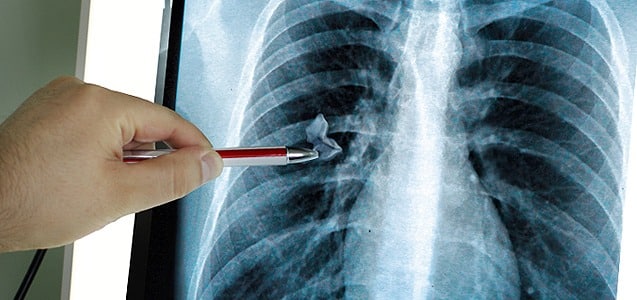Leaving foreign objects (including sponges, needles and instruments) in patients during surgical procedures is a widely recognized medical error classified as a “Never Event”. The term “Never Event” refers to a hospital-acquired condition that should not, under any circumstances, occur. A surgical tool, such a sponge or forceps, placed inside a patient during surgery but not removed at the end of the surgical procedure, can result in serious complications including infection, vascular injury, organ damage, uncontrolled bleeding or other, life-threatening, injuries.
With more than 4,000 surgical “never events” occurring annually in the United States (as reported by a 2013 study of surgical errors), it is important to be aware of the circumstances and consequences surrounding retained surgical instruments (RSI) following a surgical procedure.
A surgical sponge is the most commonly reported RSI following surgery. However, instruments such as scalpels, needles, scissors, tweezers, forceps, clamps and tubing have also been documented. Once inside the patient’s body, an RSI can cause various complications depending on the type and location of the object left behind. Complications include: bacteria collection around the foreign object, producing infection; intestinal perforation; and, internal bleeding. The most common symptom is excruciating, unexplained pain in the patient – days, weeks or even months after a surgery. Additional surgery (frequently more extensive than the patient’s original, scheduled, procedure) is usually required to remove the item, once diagnosed.
Proper patient care and safety should always be the top priority in any medical setting. In the operating room, standard procedure includes performing needle, sponge and instrument counts at the end of each surgical procedure but these counts are not always accurate. Medical negligence has occurred whenever a surgical instrument is left in a patient.
If you or a loved one feel you are the victim of a medical mistake contact The Yost Legal Group today at 1-800-YOST-LAW (800-403-7259). When you call, you will speak with an experienced Baltimore Medical Malpractice attorney absolutely FREE.
We handle all cases on a contingency fee basis. This means you will never pay an attorney’s fee up front, and you owe us nothing unless we win your case.


